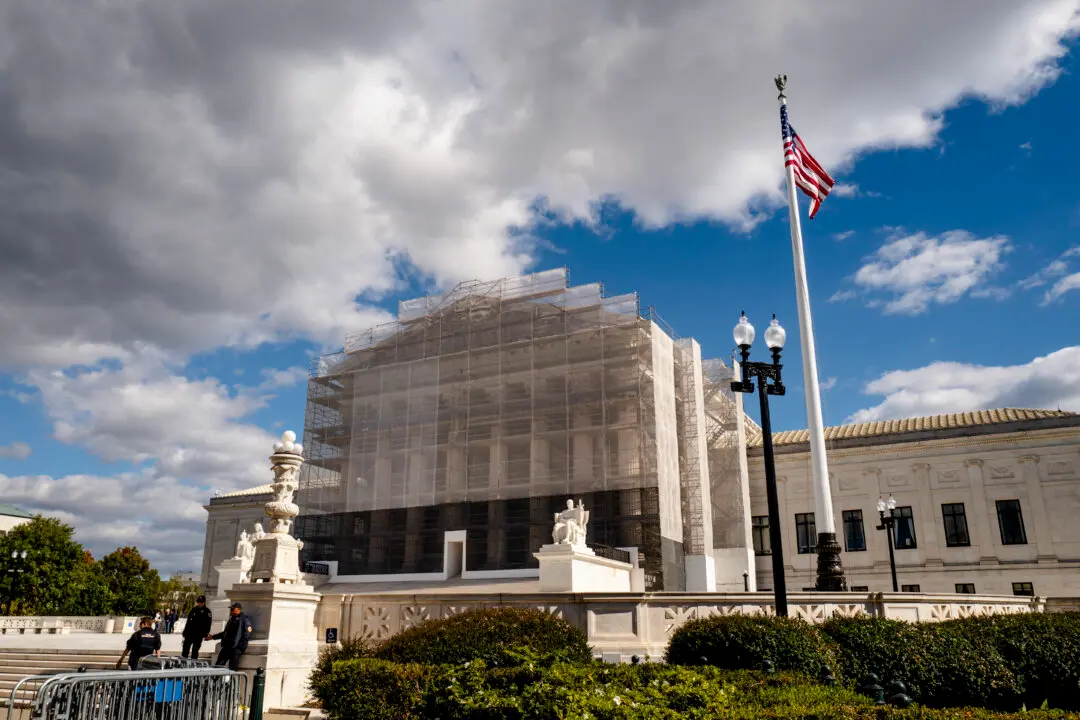Commentary
The previous installment in this two-part series described the Supreme Court’s current interest in the law of Indian tribal sovereignty—that is, the law governing how federal, state, and tribal governments relate to each other. One result is the court’s 2020 decision (pdf) that led to 43 percent of the state of Oklahoma (pdf), including most of the city of Tulsa, being classified as “Indian country.” (“Indian country” is a legal term that includes Indian reservations and some additional territory.)





